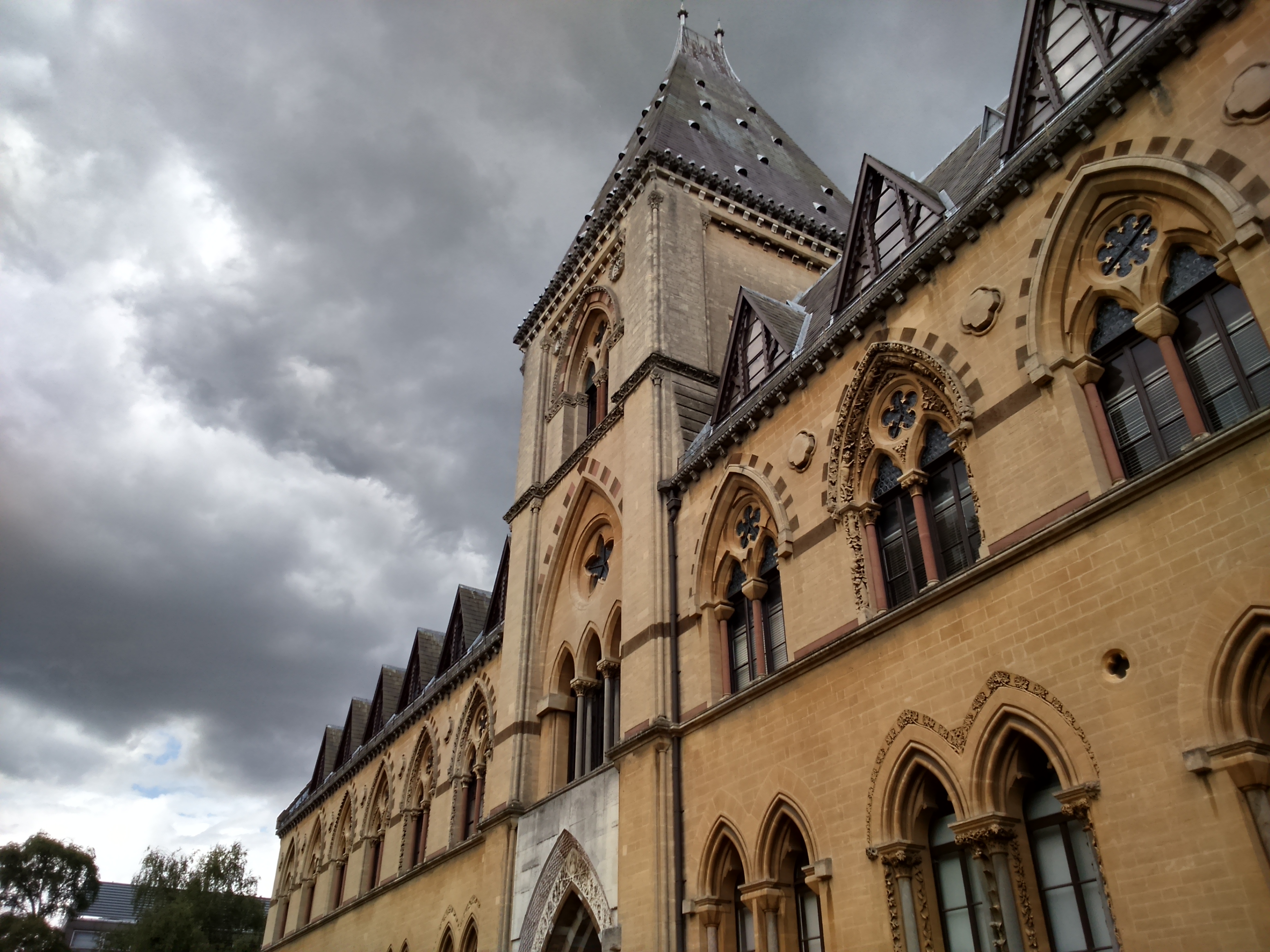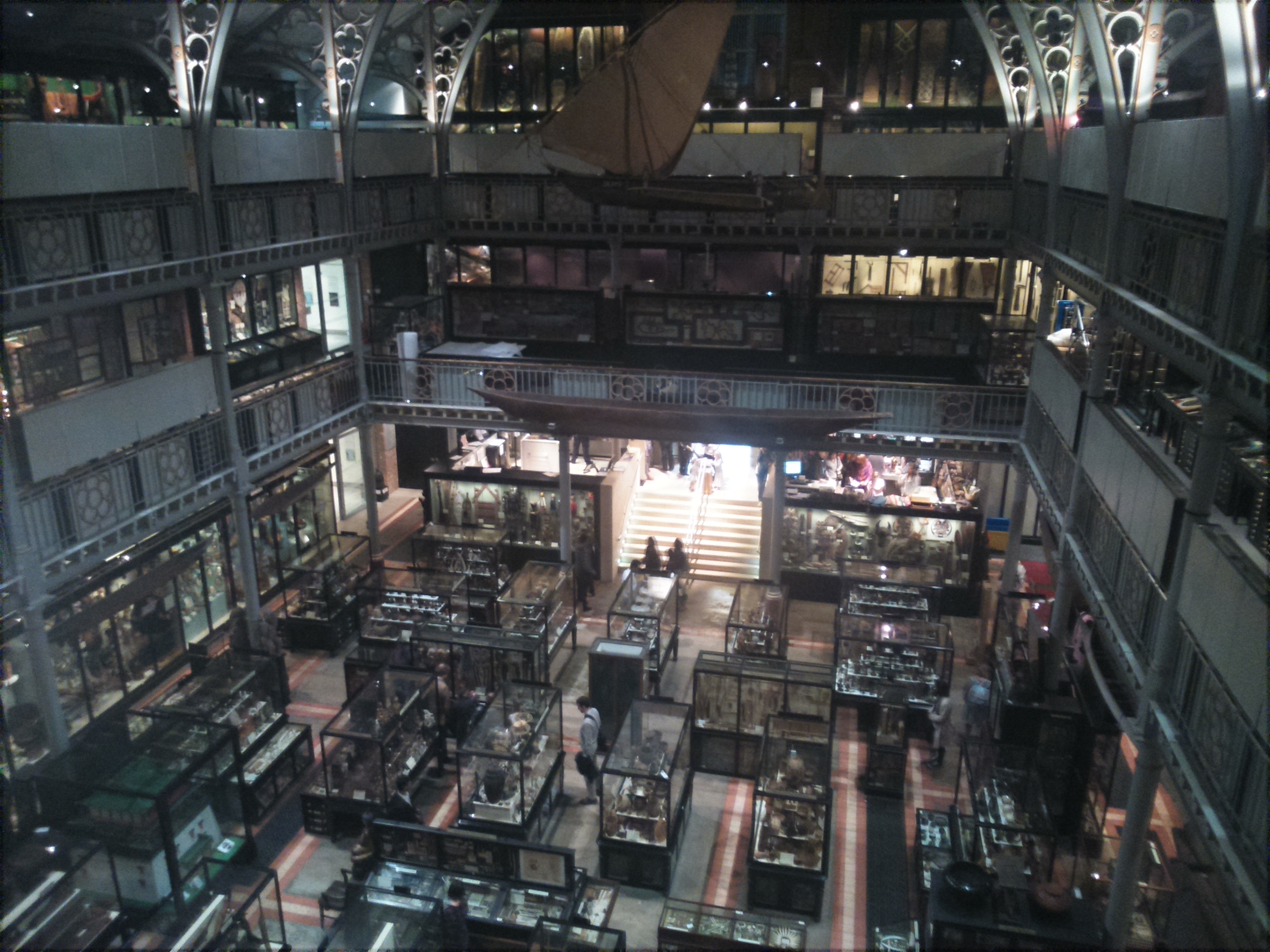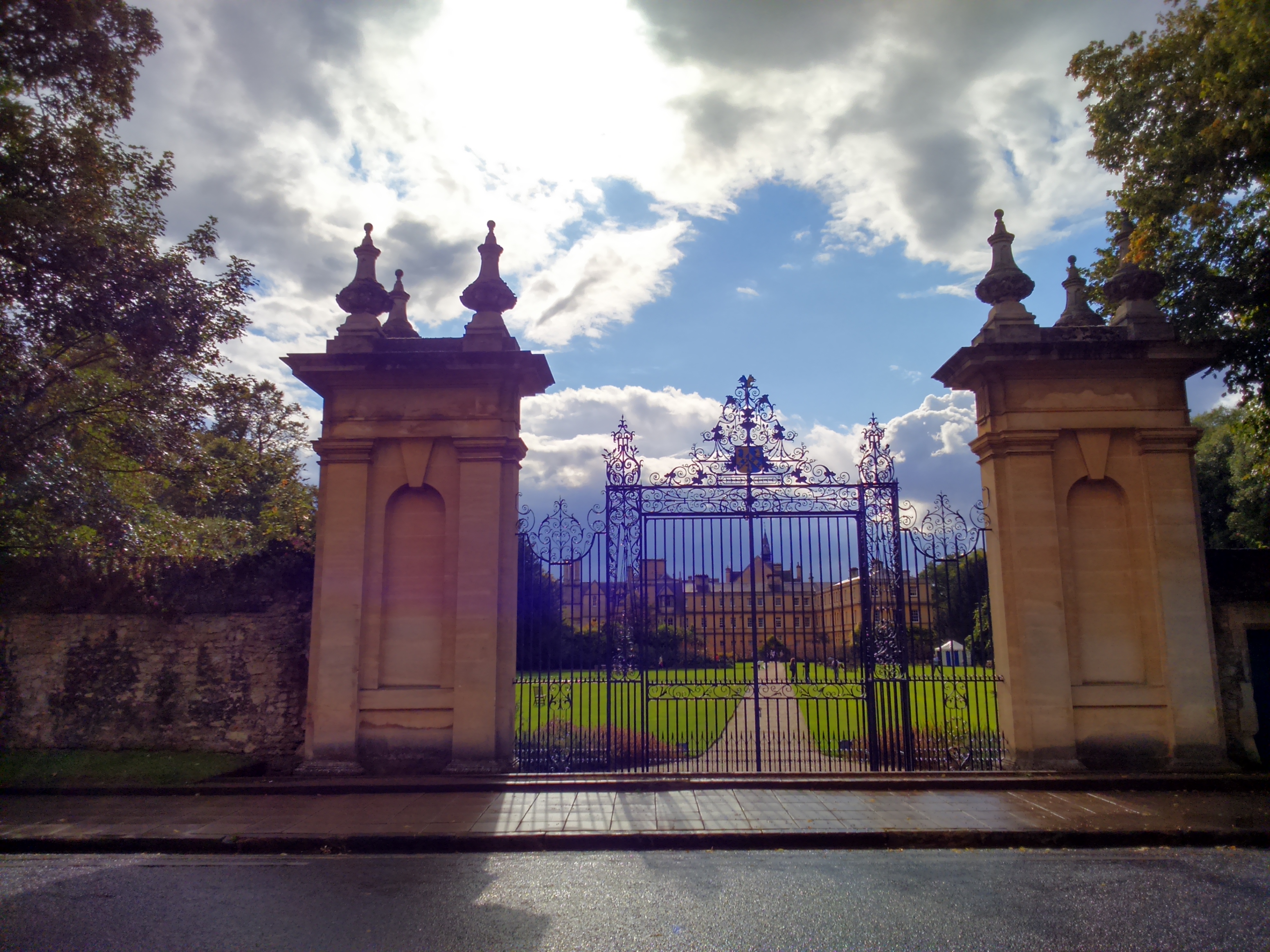Why you can trust TechRadar
The Sony Xperia M2 Aqua camera is a mixed bag. As with other Sony phones, you get plenty of modes and there's some fun to be had. But actual pictures suffer from some pretty significant image quality issues.
First, let's have a look at how the app operates. By default, the Xperia M2 Aqua shoots using a superior auto mode that automatically picks the settings needed for all kinds of photo situations. It's 100% snap and go, although you can at least pick where in the scene you want to focus.

If you want to have a bit more control, or want to shoot a few HDRs, you need to ditch auto and head to the manual mode. It's not a true manual mode though, rather just gives you more access to controls. It's still auto at heart.
These are the two main modes, the others being more about fun and filters. Sony's signature extra is augmented reality, which jams 3D visuals into your photos, from fishes to little elf characters. The kids will love it. Adults? That depends on how many drinks they've had.
Other extras include picture filters, panorama and portrait retouching – which tweaks and superimposes visuals onto your selfies. You can also download extra photo apps to plug into the Sony Xperia M2 Aqua's photo menu.

It's more frills than serious photographic thrills, but that suits the phone's positioning in the market pretty well. It is not trying to be the Nokia Lumia 1020, after all.
The extent of the M2 Aqua's photo ambition, or lack thereof, becomes apparent when you take the camera for a proper road test.
Sign up for breaking news, reviews, opinion, top tech deals, and more.
First, it's not a particularly quick camera. Focusing is a slow for a mid-range phone and there's a solid pause between shots. If you want to shoot fast-moving objects, the M2 Aqua probably won't be able to keep up.

The actual hardware of the phone doesn't sound too bad. It has an 8MP main sensor with an f/2.4 lens. Not great, not terrible.
However, in action the camera is quite disappointing. As well as being a bit slow, dynamic range in images is poor.
Dynamic range dictates how much detail you'll see in the darkest and lightest areas of high-contrast photos. I found that to get a dynamic range that was remotely acceptable in these sorts of scenes you need to use the HDR mode, which artificially boosts range by merging multiple exposures.
Shooting HDRs takes even longer than normal shots too, so the M2 Aqua camera really demands patience.

The M2 Aqua also struggles very badly with intense light sources. There's loads of light 'bloom', where the luminance of the light spreads out, fogging-out surrounding areas. With high-contrast areas of light/dark there is an awful lot of purple chroma noise as well.
This means objects frequently end up with a purple outline or, in the worst cases, are turned completely purple when they should be black or off-black.
Unlike the higher-end Sony Xperia Z2, the M2 Aqua does not have good low-light photo performance either. The more expensive Sony has a handy low-light 'turbo' mode that massively ramps-up sensitivity, making even very dark scenes clear. But on the M2 Aqua a really dark scene will produce an even darker photo, one with barely any visible detail.

Even with slightly lighter low-light scenes where there is something for the Sony Xperia M2 Aqua to work with, shoot without a flash and the colour tends to end up extremely cool, making photos look quite ugly.
It's a shame because when you shoot with the flash the colour temperature warms up hugely, even if your subject is far too far away for it to have any direct effect.
This phone does not have a very good camera. But give it lighting that's either perfect or not particularly challenging and you can take some decent shots. On a nice day with a blue sky ahead of you, it is possible to get more detail than you could get from a 5MP phone.
Camera samples

Click here for the full resolution image

Click here for the full resolution image

Click here for the full resolution image

Click here for the full resolution image

Click here for the full resolution image

Click here for the full resolution image

Click here for the full resolution image

Click here for the full resolution image

Click here for the full resolution image
Click here for the full resolution image

Click here for the full resolution image

Click here for the full resolution image

Click here for the full resolution image

Andrew is a freelance journalist and has been writing and editing for some of the UK's top tech and lifestyle publications including TrustedReviews, Stuff, T3, TechRadar, Lifehacker and others.
